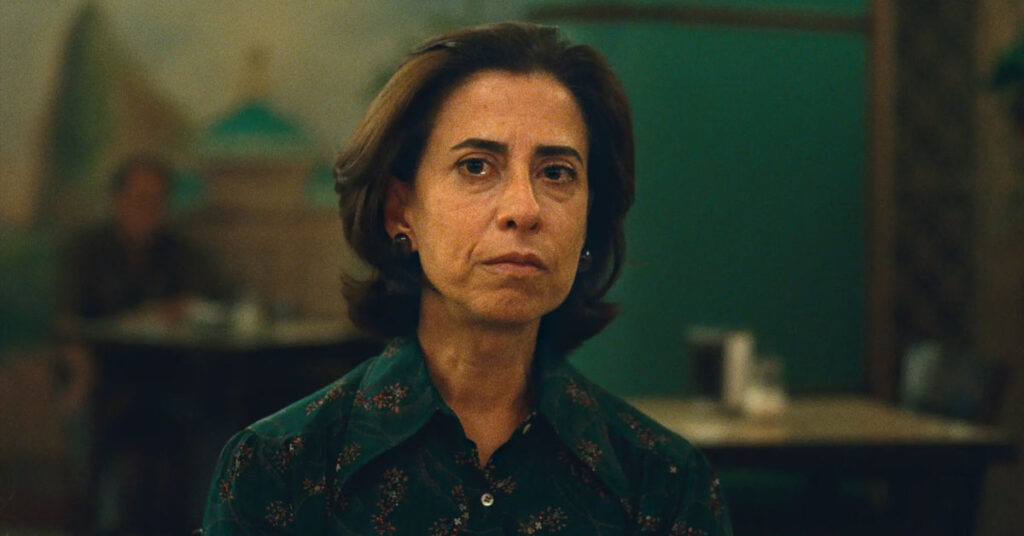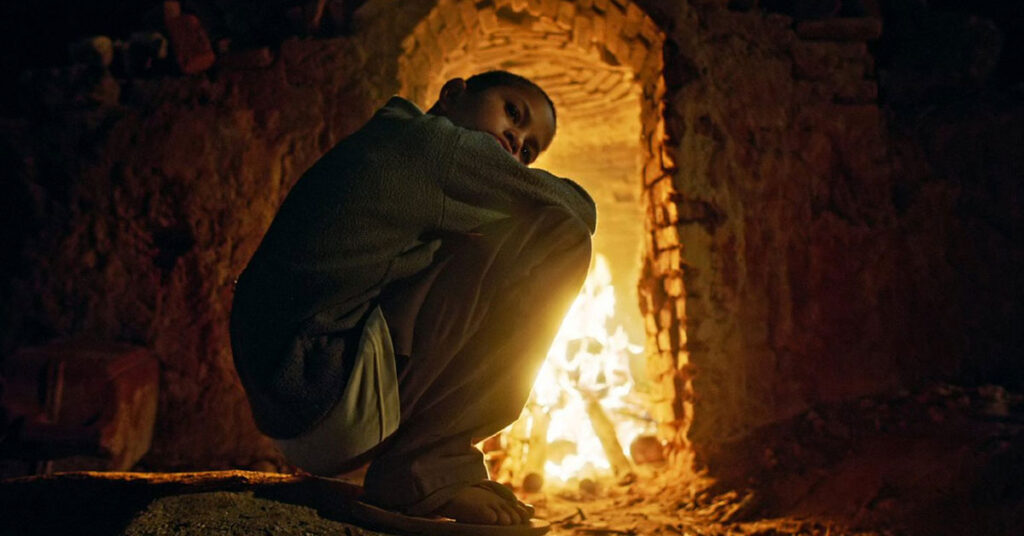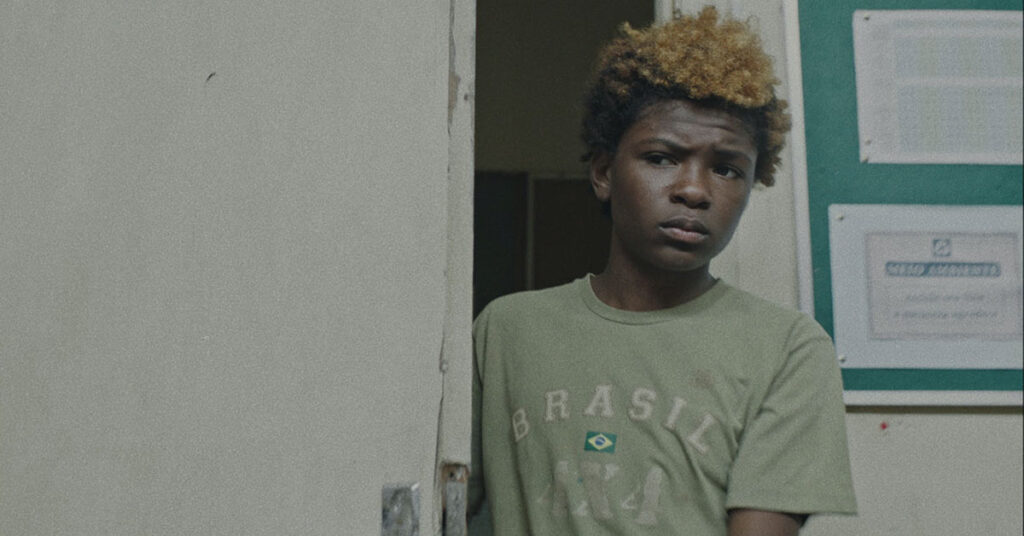Sinopse
In the early 1970s, the military dictatorship in Brazil reaches its height. The Paiva family – Rubens, Eunice, and their five children – live in a beachside house in Rio, open to all their friends. One day, Rubens is taken for questioning and does not return.
Why we recommend it
I’m Still Here knows how to build the ideal setup in its initial scenes, understanding that the absence of Rubens Paiva should also be felt by the audience. Furthermore, Fernanda Torres is magnificent in the way she demonstrates resilience, as the weight of that absence is continuously evident.
Review
Our personal stories are built from many pieces. Not just memories, edited by time and oblivion, but also beliefs, dreams and nightmares, music and movies, and moments of pure ordinary calm, when you’re not really “registering” anything – like going with your family to an ice cream shop. Unfortunately, for many of us, a fundamental piece ends up being the tragedy. The worst things that have happened to us, the traumas, the pain, the loss of a loved one. Elements that shape our personal narratives and define us as individuals. And all the other things that are also there are overwhelmed by the shadow that this part casts over the whole. Walter Salles understands this when he puts together the narrative of I’m Still Here.
Based on the book by Marcelo Rubens Paiva, Salles’ movie, above all its other merits, works because its characters seem totally real to us. Not just because it’s a true account of Paiva’s family. Nor because Salles frequented their home as a child, which gave him a very close perspective. But because, before the tragedy happened, the movie shows us these people listening to music, chatting away, playing volleyball, foosball and backgammon. Details that not only situate the story in Rio de Janeiro in the 1970s, but also make us companions of the characters, other guests in that house. It’s a similar approach to another work by Salles, who in Motorcycle Diaries also took a historical figure and turned him into someone the audience felt they knew intimately. But if that movie was a study of the character and formation of the young Che Guevara, I’m Still Here is about an event. About before and after Rubens Paiva’s disappearance.
In that sense, it’s a movie about differences. About comparisons. This goes beyond the simple historical portrait of the life of Eunice Paiva, Rubens’ wife. The camera itself explores the environment of the house, highlighting the contrast between its three versions – at first, bright and in harmony; then, sad and dark; and, finally, empty. The already mentioned ice cream shop is the clearest example of this. The setting, which appears in the first part of the film, returns in a later scene, and we see that the Paiva family, taken from Rubens, is no longer the same. Each pretending to be normal for the sake of the other. And there Fernanda Torres offers one of the most striking moments in the role of Eunice, just watching the other tables in the ice cream parlor, occupied by happy groups of carefree people – a reflection of her own family before they were hit by the violence of dictatorship.
In fact, the movie tackles this violence without any flourishes or exaggerations. A helicopter returning after flying over the high seas. Undercover men arriving at his house, cordial in their implicit threat. A bloodstain in an interrogation room. A muffled scream behind the walls. The term “banality of evil”, coined by Hannah Arendt when covering the trial of Nazi criminals at Nuremberg, has been ironically trivialized in recent years with the rise of fascist governments around the world and the normalization of… heck, Nazis. But this term is perfectly illustrated by the disturbing scene in which the military, in a beaten and tedious way, wash the corridors of the DOI-CODI with soap and water at the end of another “workday”.
But there would be no point in focusing more graphically on the horrors of the military dictatorship when the focus of I’m Still Here is Eunice. As Walter Salles himself said in interviews about the film, the moment Rubens gets into that car with the government agents and exchanges one last look with Eunice, the story becomes hers. An intimate portrait of mourning and resilience, and of how it is possible to focus your pain and indignation into something positive, such as Eunice’s essential work in the area of indigenous rights. Torres’ acclaimed performance encompasses all these facets and emotions of Eunice, but the truth is that the entire cast deserves praise. The children appear on screen as a fulfilled family, especially Bárbara Luz as Ana Lúcia, who has some touching moments with her father. Even Selton Mello as Rubens, in his relatively short screen time, teases us with his absence as if we were sharing the longing with Eunice and her children.
The movie loses some of its strength after the first time jump in the narrative. Perhaps this is a consequence of Globo’s production method, which for a long time has been producing films that should become miniseries and vice versa. Things seem to be missing, or left over. The story’s conclusion ends up being merely adequate, although it contains a strong element in Fernanda Montenegro’s silent performance. In these final minutes of I’m Still Here, the calm and family harmony we saw at the beginning of the movie returns to these characters, even if it is altered by the four decades that have passed since Rubens’ murder. And the most obvious meaning of the title becomes clear, with Eunice revealing herself still present behind the veil of Alzheimer’s. Another possible meaning is the presence of the vacuum left by Rubens. Or Rubens himself, still waiting for those responsible for his death to be condemned. A presence that is joined by that of Eunice, Vladimir Herzog and so many others who opposed the dictatorship. They are still here. Just like the rest of us.
In other words: no amnesty.

Bruno Weber has a degree in Broadcasting from the Cásper Líbero Foundation and in Audiovisual Production from ETEC Roberto Marinho, and works as a comic artist and film critic. His work can be seen on social media, such as the series ”Unremembered Scenes from Forgotten Films”, autobiographical comic strips and various comics. He also writes film reviews for blogs such as Cinematografia Queer and the Peliplat platform, for which he covered the 48th São Paulo International Film Festival.




